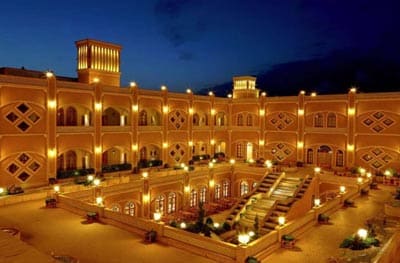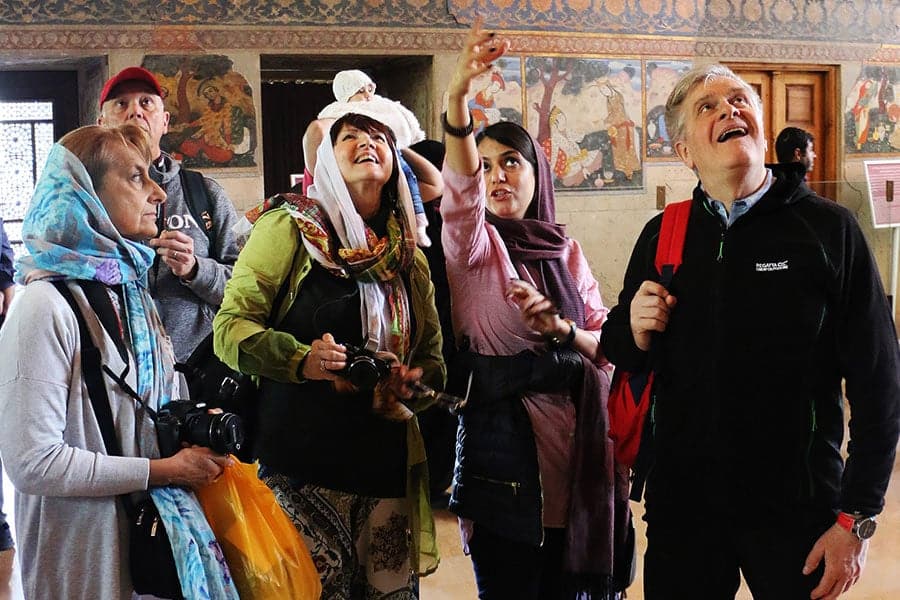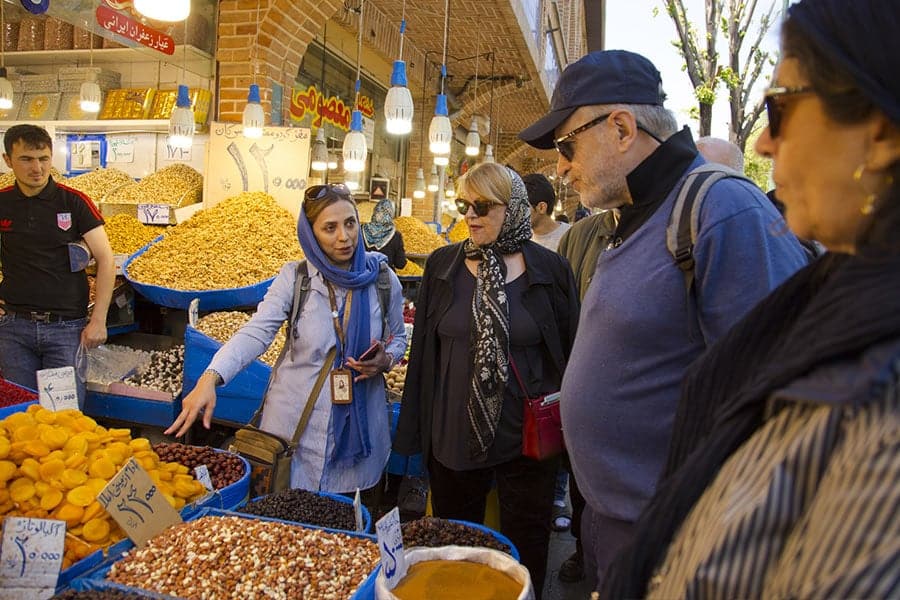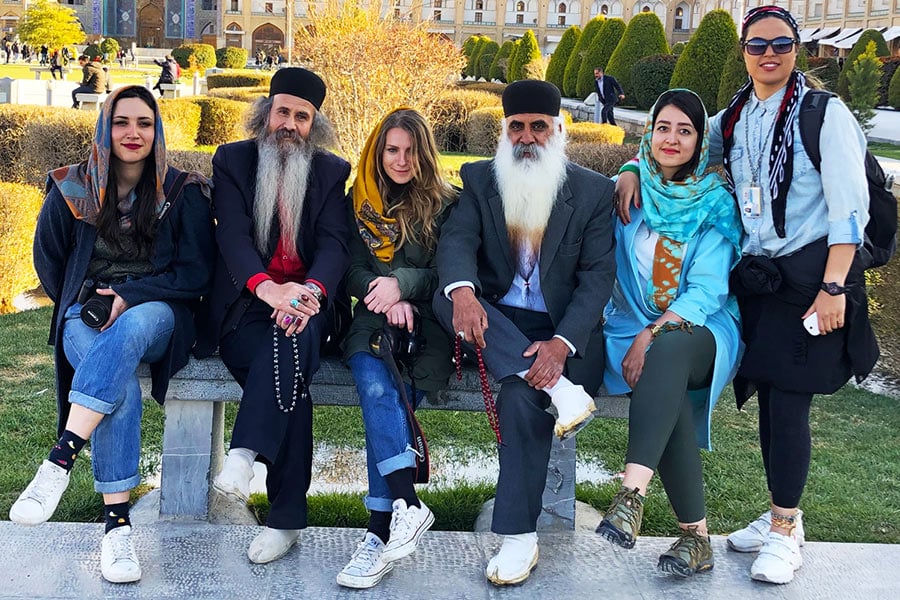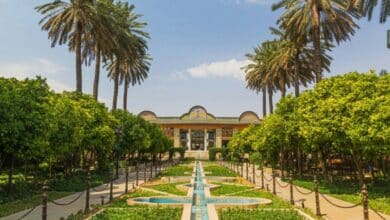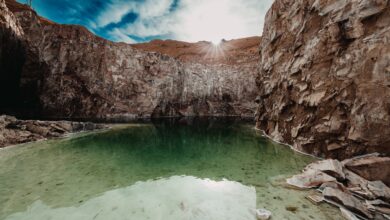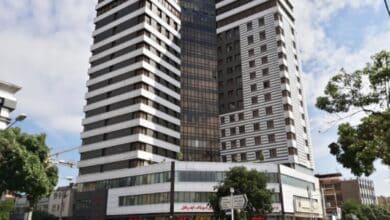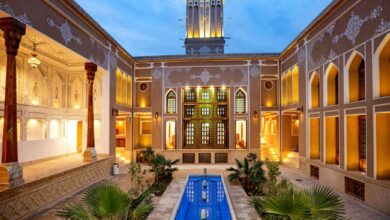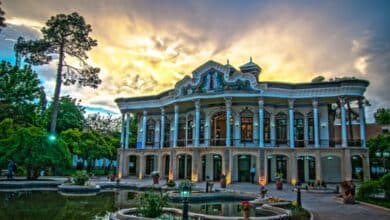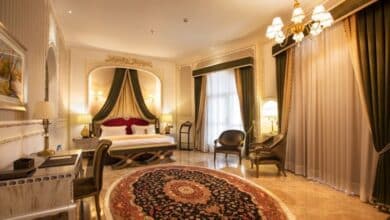Kharanaq Village and Ruins: Echoes of Ancient Lives
An Ancient Village From Sassanian Period Near Yazd
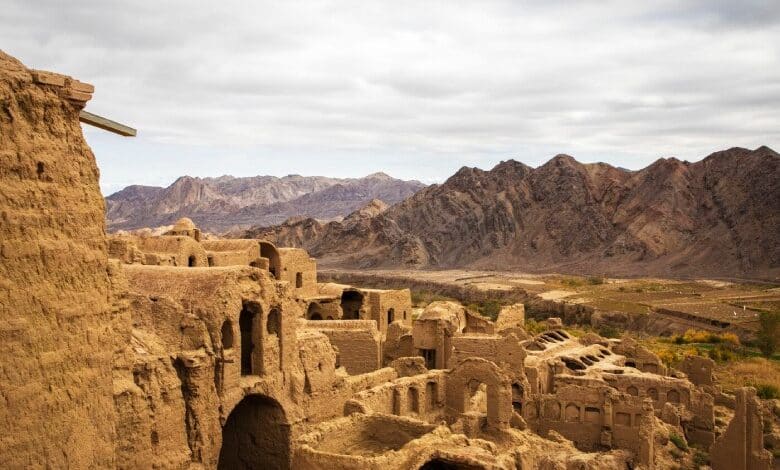
The hauntingly beautiful Kharanaq Village, with desert lands behind it, whistling winds, and broken walls carrying ancient whispers of lives from thousands of years gone by, promises alluring peeks into the heritage of the country. A story within every crumbling stone far outweighs what crumbling rocks can say.
Contents
Brief History
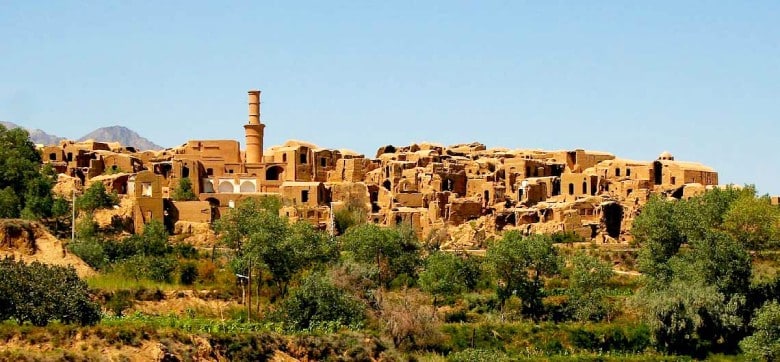
Kharanaq Village dates its history way back into the Sassanian period that falls approximately between 3rd century to 7th centuries CE. It was an important stopover on the Silk Road during those times. Silk Road is the oldest known paved road in the world. It is generally believed that it joined the East and West, making possible the exchange of goods, ideas, and cultures, for large distances. This strategic location is perceived as the reason why the village turns out to be a prime junction and interaction point for traders and travelers who bring with them economic impetus and diverse influences to the village.
Kharanaq’s architecture is evidence of the ingenuity of old Persian engineers: buildings made from locally sourced resources, that is, mud bricks and stones. The house, constructed alongside its own landscape made from the same resource, imposed a great stress on coexistence with nature and human settlements. The walk through the village would so easily identify how elements such as climatic, cultural, and the readily available resource affected it.
Architectural Wonders
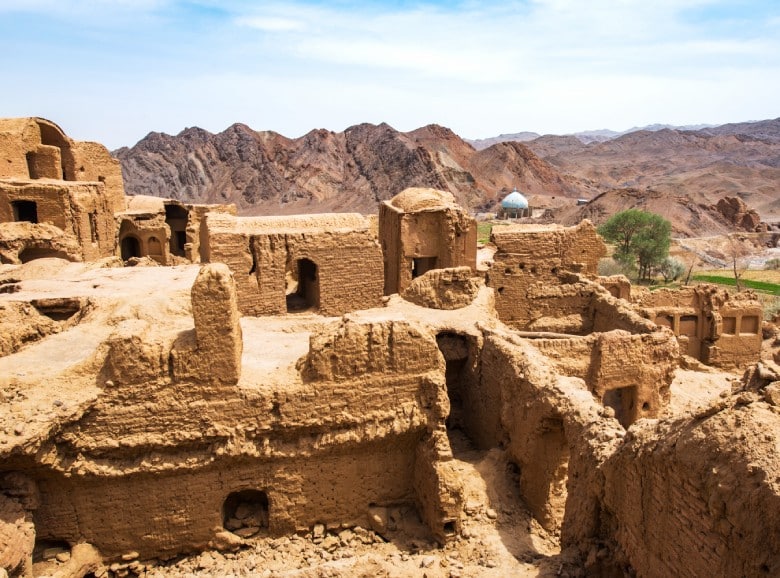
The architecture of Kharanaq Village is quite different with old houses, shrines, and an excellent collection of falaj, basically being an underground water supply system. The houses here are traditional adobe ones with domed roofs along with intricate ventilation techniques to counter the desert heat. Most of these have survived over centuries through the severe climatic conditions that prevail here.
Perhaps one of the greatest features of Kharanaq is its wonderful windcatchers or “badgirs.” The ancient cooling devices resemble a row of tall towers and can be so tall that even the smallest whiff of breeze can let such comfortable temperatures in within the houses. From a purely functional level, badgirs are symbols of utility but in themselves are an epic testament to the ingenuity of the ancients.
There are also the caravanserais from 2,500 years ago as stopping places for traveling merchants and traders. Tradition in this hospitality practice thus would be reflected in this building since it was to provide refuge to many sleep-weary travelers from the often grueling arduousness of desert travel.
Cultural Implications
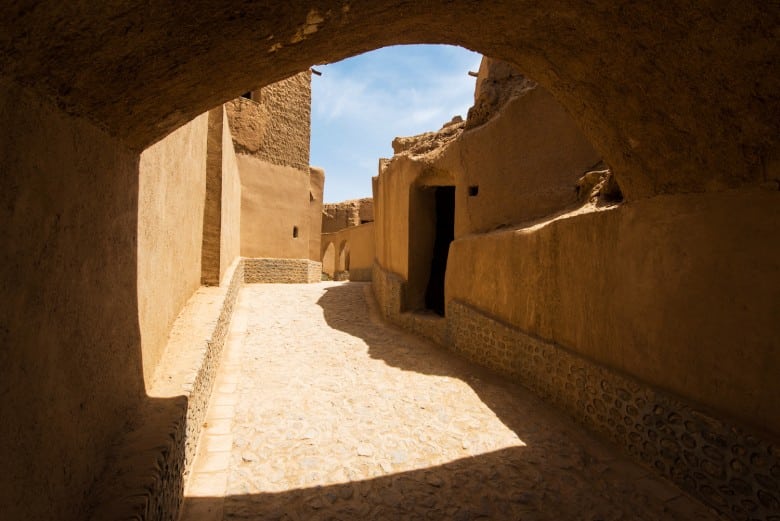
This settlement is not lost in time but a living monument to the people who live inside it. Though many are resettled into urban centers, the spirit of Kharanaq remains, especially at festival times and cultural exercises. Varied traditions deeply imbedded into everyone’s psyche are celebrated in food, songs, and dances.
They pre-cook their dishes for fiestas, too, like “dizi,” which is a lamb stew, and “ash,” a sort of soup made from lentils and herbs, very thick and concentrated. Surely, visitors will have a taste of the traditional Persian dishes. The festivals that commemorate the agricultural calendar and specific cultural dates are decisive in showing how the community relates basically to its agrarian tradition.
Craftsmen in Kharanaq Village still keep busy in traditional crafts. Pottery and weaving form some of the many crafts that have been intrinsic part of village identities. These skilled craftsmen mostly give a view to work and traditions passed through generations.
Ruins and Stories
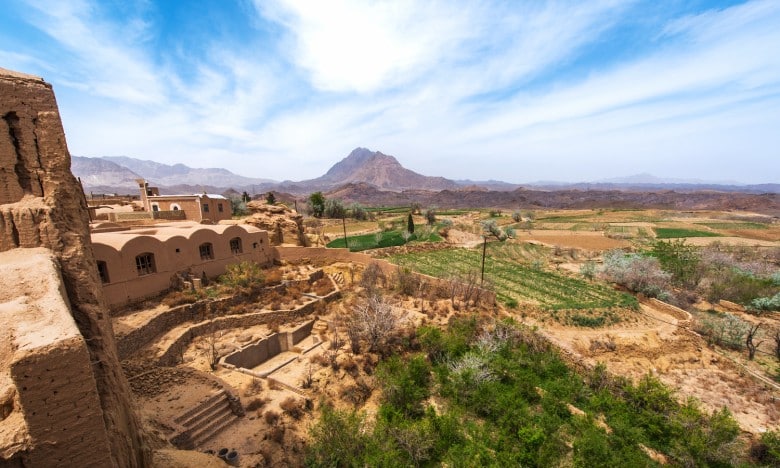
Kharanaq Village ruins remind us of the old days when society was lively. Even in the most important buildings around, up to today, remnants of old mosques and shrines can be seen which indicate how important this village had been in religion as a center in past history. It testifies that religious life was deep inside people who prayed inside those buildings in past days.
Scattered across these ruins are the ancient tower that purportedly is a watchtower or fire worshippers, bringing the people’s minds and their minds to the imaginations the history when there was a great movement of Zoroastrianism in this region. The stories of stones that have revealed the journey of spiritual transcendence beyond the reach of time, crossing from past into present.
It gives a clear idea about life among the people of Kharanaq. Inter-spaces between the living quarters, community halls, and religious places reveal the relative social structure of the village. It’s somehow architecture that reveals how people lived over and constructed their lively community in their environment.
Conservation Activities and Tourism
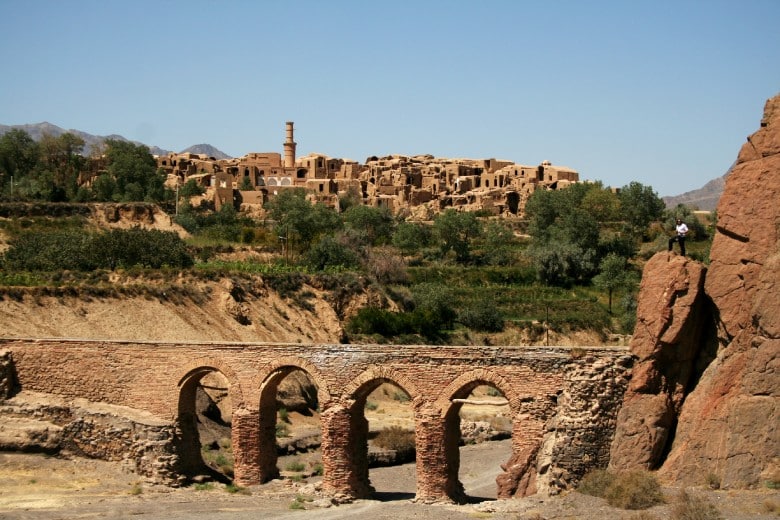
The government of Iran and the local institutes now understand how indispensable it is to conserve the cultural riches of Kharanaq. Due to the fact that the government has started tourism promotion in order to maintain the structural structure of this village, this community has become alive today. Today, large crowds of tourists arrive to visit the site of Kharanaq, as apart from the historical values witnessed here, the sceneries viewed are also spectacular and the atmosphere is also calm.
This is a double-edge sword because economic values have instead introduced the fear of how not to lose the authenticity of Kharanaq. Much fine dancing between modernization and preservation needs to be done by local authorities who encourage sustainable practices to enhance heritage for future generations while conserving it.
IRAN GROUP TOURS
Join our Iran tours, connecting you with like-minded travelers and streamlining the organization process.
Conclusion
These are the ruins of the Kharanaq Village, more than leftovers. It is the spirit of Iran’s cultural heritage, a testimony of the strength and imagination of the connections that have survived in time, connecting people to their own past. The architectural brilliance is walking through the village, but walking into the echoes of ancient lives being witnessed.
It is almost as if one passes through time in Kharanaq, where the whispers of the past merge into one whole lively present that cannot help but reflect upon what heritage really is. Every step of its winding paths reveals secrets of Kharanaq and is, in its own way, an eternal reminder that ancient lives are still resonating within this astonishing village.
FAQ
Which historical period does Kharanaq date?
Kharanaq is a very old village; it dates back to the Sassanian period, which is about 3rd and 7th century CE.
Among the most noticeable architectural elements of Kharanaq is:
The most impressive feature of Kharanaq architecture is windcatchers or “badgirs.” Ancient cooling devices capture breezes to keep the indoor temperature comfortable.
How do the cultural spirits of Kharanaq survive through resettlement?
Festivals, traditional cuisines and continuing crafts illuminate the way in which they deepen their connections with their agrarian traditions and heritage in all of their cultural practices.
